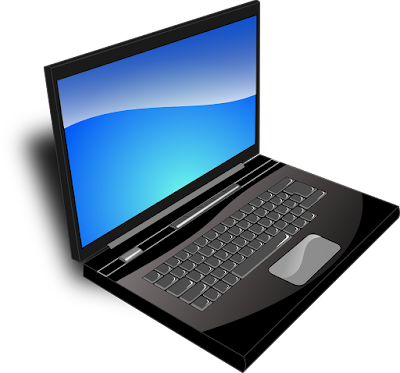Laptops and hotspots of interest liable to keep close by
Before the pandemic started, a great many understudies got by without a PC or Internet association at home. The "schoolwork hole," by which a few understudies could Google their way through research papers and others proved unable, was disparaged by policymakers however, as such countless different imbalances in instruction, it persevered.
Throughout the most recent year, by need, by far most of understudies have been associated. A large number of gadgets and areas of interest have been bought and conveyed. The inquiry presently is: Will this new, more fair plan continue?
In Texas, authorities are investigating an arrangement that would carry broadband associations with each K-12 understudy past the pandemic, supported by a blend of state and nearby dollars.
The Covid salvage bundle endorsed into law by Biden incorporates more than $7 billion for the Federal Communications Commission to finance at-home Internet associations and gadgets through the E-rate program, which ordinarily pays for administration in school structures and libraries. Pressing factor is mounting on the FCC to likewise utilize normal E-rate subsidizing to associate understudies at home.
The FCC still can't seem to run the show. In any case, acting official Jessica Rosenworcel has called the schoolwork hole the main issue of advanced value confronting the country and said the pandemic gave the motivating force expected to at long last address it.
"The days when out-of-school learning required just paper and pencil are a distant memory. Today, understudies carry on with their lives on the web and use Internet-based assets for such an extensive amount current instruction," she composed the previous spring.
Some contend a development would squeeze the Universal Service Fund that pays for administration and is financed by telecom client expenses, however advocates say it's critical. An adjustment of the FCC's principles depends to a limited extent on the organization's meaning of "instructive purposes." Since the program started in 1996, that has been characterized as inside school structures.
"Our contention is in any event, interfacing individuals off-grounds can be for instructive purposes," said John Windhausen Jr., originator and chief head of the Schools, Health and Libraries Broadband Coalition. "Instruction doesn't just occur at school. Children do schoolwork around evening time and that is instruction."
For the present, he trusts that a few schools utilize the $7 billion in new E-rate financing to go past passing out area of interest gadgets to families who need them, and to convey new remote organizations that can serve numerous homes and live past the pandemic.
Meanwhile, school locale have contributed a great many dollars to purchase gadgets for understudies that should keep going for quite a long while, and understudies have gotten acquainted with doing homework at home. Some additionally see benefits past direct instruction. Guardians whose timetables make going to the school troublesome can now effectively mastermind a 10-or 15-minute online discussion with an instructor.
It amounts to a no-retreat second, said Richard Culatta, CEO of the International Society for Technology in Education, a huge charitable zeroed in on assisting instructors with utilizing innovation to improve nature of learning.
"There's been an enormous measure of work to work out
the foundation," he said. He gauges that the portion of locale that give each
understudy a gadget has bounced from around 33% to around 80%. It was required
by the pandemic however will continue, he said, particularly if schools sort
out some way to best utilize the innovation to propel learning most viably.


0 Comments